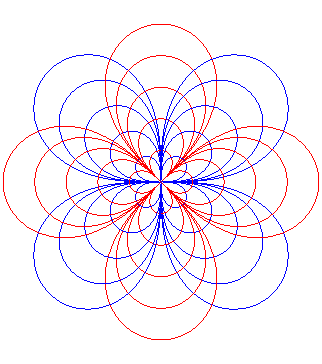Analytics has been forever

Analytics has been forever
“In the years since the mid 1950’s a trend toward a new and more scientific approach to the solution of business problems has been developing. It stems from methods first suggested by the advocates of “operations research.” But, it is already apparent that by drawing in depth both on mathematics and on social sciences, and by utilizing intensively the high-speed electronic computer, researchers are beginning to give to the decision-making process a scientific base akin to the established methods which have long provided the bases for research in physics, biology, and chemistry.”
New Decision –Making Tools for Managers. Edited by Edward Bursk and John Chapman, The New American Library, New York 1963
Gavyn Davies Does the Maths: How a Statistical Formula Won the War
“By 1941-42, the allies knew that US and even British tanks had been technically superior to German Panzer tanks in combat, but they were worried about the capabilities of the new marks IV and V. More troubling, they had really very little idea of how many tanks the enemy was capable of producing in a year.”
“One solution was to ask intelligence to guess the number by secretly observing the output of German factories, or by trying to count tanks on the battlefield. Both the British and the Americans tried this, but they found that the estimates returned by intelligence were contradictory and unreliable.”[The Guardian, Thursday July 20, 2006]
The basic idea was that the highest serial number among the captured tanks could be used to calculate the overall total. The German tanks were numbered as follows: 1, 2, 3 … N, where N was the desired total number of tanks produced. Imagine that they had captured five tanks, with serial numbers 20, 31, 43, 78 and 92. Call the sample size S and the maximum serial number M. (M-1)(S+1)/S By using this formula, statisticians reportedly estimated that the Germans produced 246 tanks per month between June 1940 and September 1942. At that time, standard intelligence estimates had believed the number was far, far higher, at around 1,400. After the war, the allies captured German production records, showing that the true number of tanks produced in those three years was 245 per month, almost exactly what the statisticians had calculated, and less than one fifth of what standard intelligence had thought likely.
“Data mining involves extracting interesting patterns from data and can be found at the heart of operational research (OR), as its aim is to create and enhance decision support systems. Even in the early days, some data mining approaches relied on traditional OR methods such as linear programming and forecasting, and modern data mining methods are based on a wide variety of OR methods including linear and quadratic optimization, genetic algorithms and concepts based on artificial ant colonies.” Author(s):B. Baesens,C. Mues,D. Martens and J. Vanthienen, The Journal of the Operational Research Society,Vol. 60, Supplement 1: Milestones in OR (May, 2009), pp. s16-s23
“In our view, analytics is the rational way to get from ideas to execution.” R. Saxena and A. Srinivasan, Business Analytics, International Series in Operations Research & Management Science 186, DOI: 10.1007/978-1-4614-6080-0_1,© Springer Science+Business Media New York 2013


